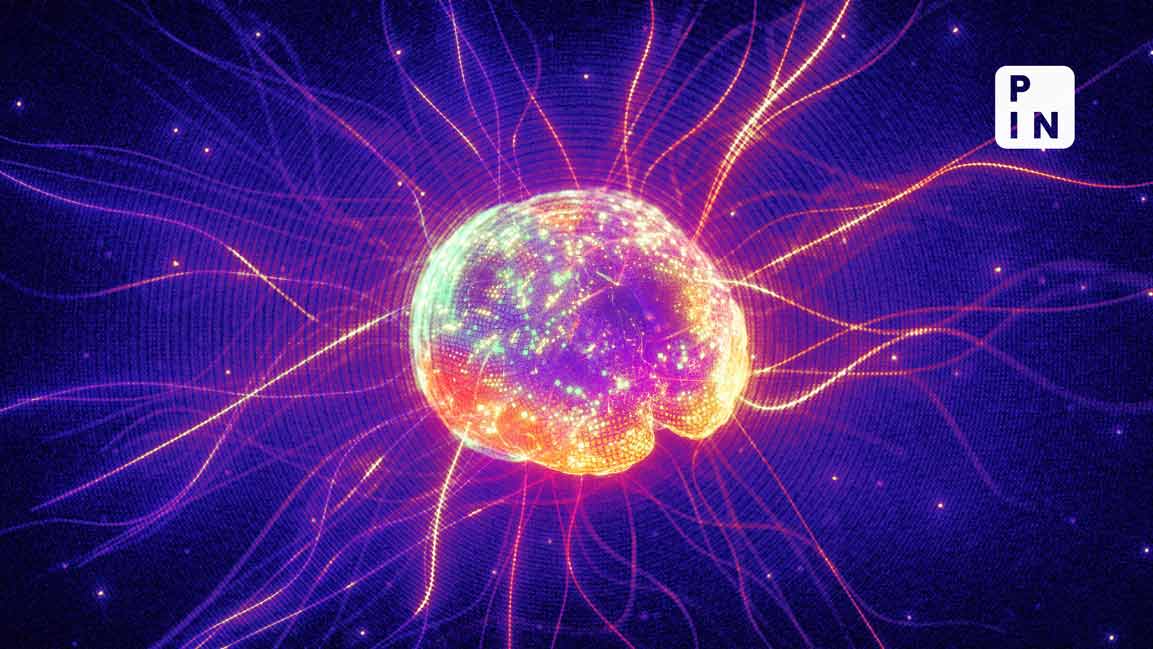- | 5:37 pm
Scientists chart detailed map of human brain
Global team of scientists maps cellular and structural construct of brain in study aimed to help investigate diseases

In a big leap for brain science, researchers from different universities and countries have discovered more than 3,000 cell types, including many that were previously unknown.
This global collaboration among scientists has produced the most extensive map of human brain cells to date.
The findings were presented in a set of 21 papers released on Thursday in Science, Science Advances, and Science Translational Medicine.
Around 20 institutions, including the Allen Institute, Yale, Harvard, the University of California as well as facilities in Italy, Sweden, Amsterdam, and Hungary, collaborated on the research.
The study will be valuable for investigating diseases, understanding cognition, and exploring the characteristics that make us human, the authors of the report said.
In an attempt to learn more about what sets us apart as humans, the study compares the human brain with non-human primate and rodent brains, and explores the complexities of the human brain and those of our close animal relatives.
The research began with a detailed look at mouse brain cells and then scaled up to study human and primate brains.
The authors have built up those technologies to describe the molecular diversity of cell types in those brains.
“We had to create new techniques to catalog over 3,000 unique cell types in the human brain,” Dr Trygve Bakken, an assistant investigator at the Allen Institute for Brain Science who worked on the atlas, told Press Insider.
“This allowed us to explore how these cell types differ between individuals and how we differ from other species, including those closely related to us,” he added.
These findings are a milestone in brain research, helping scientists tackle diverse questions.
To truly grasp what makes us human and the origins of neurological issues, it’s crucial to understand the human brain down to the cellular level.
Dr Bakken said that a big motivation for building these atlases is to ultimately understand disease.
“We can now try to understand the cellular landscape of a neurotypical brain, and then associate it with different brain diseases,” he said.
The initial studies extensively sampled multiple brain regions, using tissue from three male donors. This limited the scope to study gender differences across the entire brain.
However, a related study did explore the neocortex, a region of the brain involved in higher cognition, using 75 donors to examine sex differences.
“Interestingly, men and women appear quite similar in this region,” said Dr. Bakken.
The atlas also lets researchers compare human brains with those of animals. Against our closest evolutionary relatives like chimpanzees and gorillas, the human cortex shows striking similarities, but also differences in cellular wiring.
“It’s all about how these cells connect and how those connections evolve,” Dr. Bakken noted.
The next goal is to tie these cellular types to functional brain regions through imaging technologies like functional MRI.
“Creating a link between cell type and function is a critical next step,” added Dr. Bakken.
The Allen Institute, a Seattle-based non-profit founded by Microsoft’s late co-founder Paul Allen, was the key contributor to five of the 21 papers in this study and played a significant role in three more.
This study is a part of the US National Institutes of Health’s Brain Research through Advancing Innovative Neurotechnologies Initiative – Cell Census Network (BICCN).
“This is collaborative work among multiple labs. We’re continuing to build a more detailed brain atlas, aiming to map all these cell types,” Dr. Bakken said.













